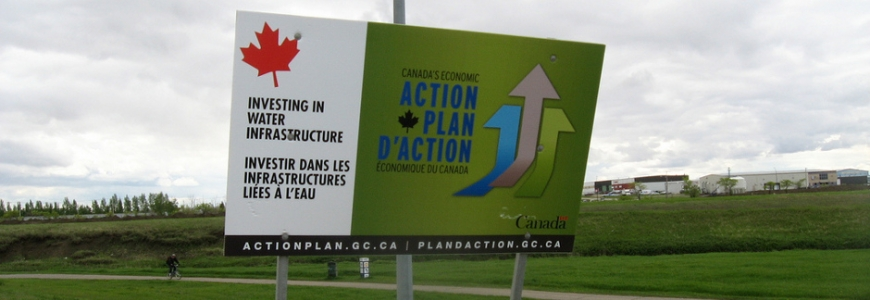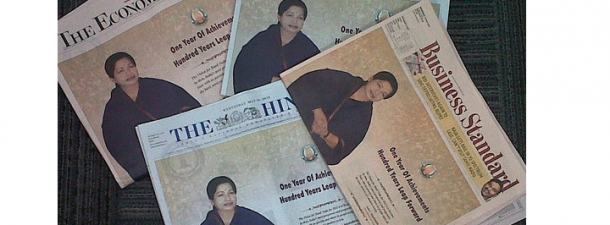

Certain issues remain so common among various countries despite diversities, perhaps for a simple reason that politics remains the same and the political intent is difficult to be altered.
There has been a growing concern that ruling parties in the disguise of being in government have been using tax payer’s money to highlight achievements and thus influencing voters. “They are using your money to buy votes”, has been a war cry for the parties in the opposition, and there has been a growing line of those seeking to put a stop to the same. Canada’s former electoral officer had raised similar concern and called for partisan government ads should be stopped now, “because we are in a fixed elections date period”, highlighting that federal elections are due in October.
Liberal Member of Parliament David McGunity too has taken the lead, has moved a private member’s bill that emphasizes establishing an independent federal advertising commissioner reporting to the auditor general to weed out partisan government advertising. It will go for a second reading when members return from break. Conservatives are facing flak for that three-minute You Tube video by Employment and Social Development Canada features Poilievre at a consignment sale at an Ottawa arena. In the video, Poilievre speaks with parents as he promotes the government’s universal child care benefit, which the “prime minister has increased,” the minister says to one parent. There are too few restrictions on how government officials can use advertising, and the Conservative government in particular, is taking advantage just like any other government would do.
Another area where the governments have gone overboard with advertisements at the taxpayer’s money is India. Creation of federal advertising commissioner may take some time, the supreme court of India perturbed by the number of government advertisements that features cabinet ministers and other state leaders, appearing in national and regional dailies, the Supreme Court today barred the politicians from using their photos. However, the court clarified that the government could only use the photographs of the Prime Minister, President and the Chief Justice of India after getting the approval from these three personalities. The ruling implied that state governments will not be able to use images of their chief minister and governors in their advertisements. The apex court noted that regular use of pictures of personalities could result in developing personality cults. The ruling comes in following petitions filed by several NGOs including one filed by former AAP leader Prashant Bhushan in the court. These petitions asked the court to protect tax payers’ money from being used for gaining footage. Off late there have been glaring cases, when former Tamil Nadu Chief Minister J Jayalalita was acquitted of corruption charges, her party that is ruling in Tamil Nadu went overboard with advertisements declaring her “innocent”. The ruling clan in Punjab, the Badals when faced with ire of masses over the Moga Bus Incident was seen as doing a similar act of highlighting achievements of its government. In BJP ruled Haryana, the government didn’t have money to pay to dying farmers but was busy in issuing out advertisements. It is worth noting that Modi government had spent over Rs 40 crore on advertising Prime Minister Narendra Modi’s Swachh Bharat campaign in November 2014. With Rs 40 crores the Government could have easily built around 500 toilets.
Captivatingly, the court did spare the use of photos of deceased leaders. The court has warned the governments to abstain from excessive advertising of its schemes as well as celebrating its political leaders with advertisements notifying both their birth and death anniversaries. The court has ordered a three-member committee to ensure that the directives are implemented and followed.
A welcome step, that has left the states fuming. If the Constitution accords equal status to the prime minister and state chief ministers, how can the Supreme Court permit pictures of one in government advertisements and not the others? According to the Constitution of India, in a federal set-up, prime ministers and chief ministers have equal status, then why only bar the chief ministers from using their pictures, various state leaders have expressed.
While the ruling from India’s Supreme Court has set the ball rolling for making the governments not indulge in creating “personality cult”, it may not be able to address the real issue. Going by what political leaders in India are known to do, they still may not issue advertisements with their pictures, but can they still be stopped from misusing tax payers’ money? There is no curb on number of advertisements that the government can issue, and the politicians make use of the same to their advantage.
Here in Canada, David McGunity has addressed the issue better. The Members of Parliament are now expected to deliver on where governments can use advertisements only to inform and not to promote.








No Comments
Comments for To Inform? To promote! are now closed.